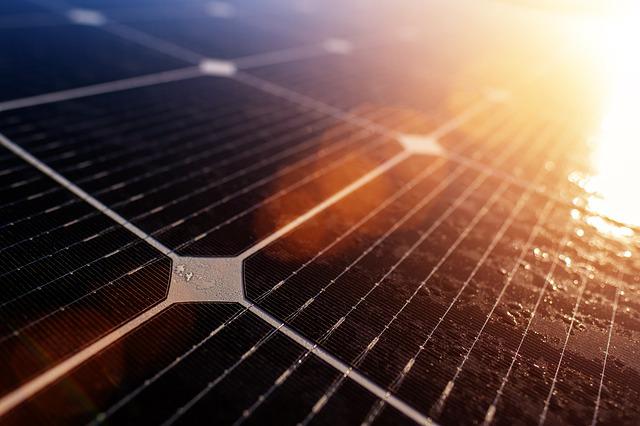
If you’re planning to install solar panels, you may need to use a solar charge controller. It’s an important part of most solar panel installations. Whether monocrystalline, polycrystalline or even thin film, most solar panel installations require a solar charge controller.
What Is a Solar Charge Controller?
Also known as a solar charge regulator, a solar charge controller is a power-regulating device. It controls the voltage and current while subsequently protecting the battery bank from damage.
Most solar panel installations have a single solar charge controller. You can find it between the solar panels and the battery bank. The solar panels, of course, will convert sunlight into electricity, whereas the battery bank will store this electricity. The solar charge controller is responsible for regulating voltage and current from the solar panels to the battery bank.
Why Solar Panels Need a Solar Charge Controller
Although there are exceptions, most solar panel installations need a solar charge controller. It protects the battery bank from potentially catastrophic damage. Like most batteries, the batteries used in solar panel installations are susceptible to overcharging.
Overcharging occurs when a battery is charged to an excessively high voltage. At best, it will shorten the battery’s lifespan. At worst, overcharging will lead to the complete failure of the battery.
Solar charge controllers protect the batteries in a solar panel installation from overcharging-related damage. They work by controlling the voltage and current. As long as a solar panel installation has a functional solar charge controller, the battery bank should remain protected from overcharging. The solar charge controller will ensure that the battery bank isn’t exposed to an excessively high voltage.
MPPT vs PWM Solar Charge Controllers
Most solar charge controllers fall under one of two categories: maximum power point tracking (MPPT) or pulse width modification (PWM).
Of those two types of solar charge controllers, MPPT is the most efficient. You can use it with solar panels that produce a higher voltage than that for which the battery bank is rated. The MPPT solar charge controller will reduce the solar panels’ voltage so that it doesn’t damage the battery bank.
PWM solar charge controllers are designed for use with matching solar panels and batteries. In other words, the solar panels and battery bank must be rated for the same voltage. PWM solar charge controllers are less efficient than their MPPT counterparts, but their inexpensive price makes them an attractive choice for homeowners looking to install solar panels.

